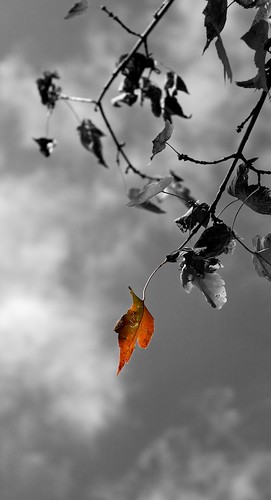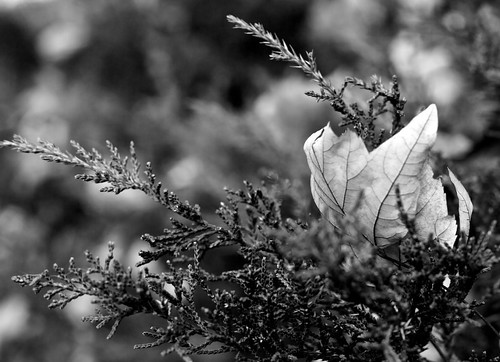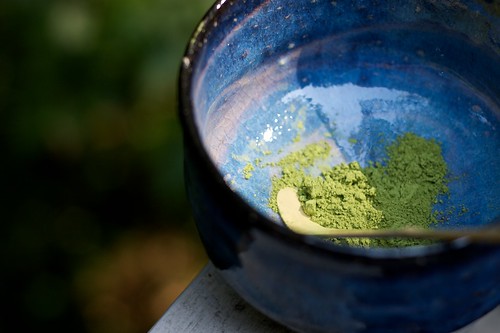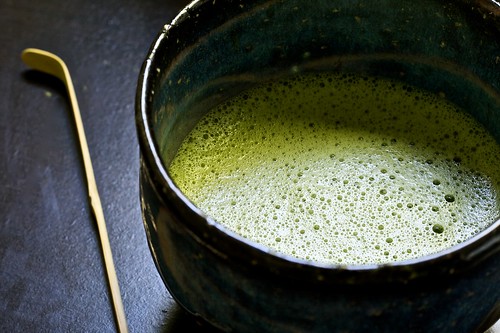Class: Hwang Cha [Partially oxidized... Oolong equivalent?]
Origin: South Korea
Year: 2008 (I'm pretty sure, anyway)
Vendor:
Hankook Tea Company (
Product page)
Price: $25.99 (50g w/ tin)

More Korean tea, woooo! This time, it's a Korean "Hwang Cha;" literally "yellow tea," though I'm pretty sure it has nothing in common with Chinese yellow teas. It is much more like an oolong, in that it is partially oxidized. According to Hankook Tea's site:
As usual, I am totally confused about the production of Korean teas. I do have a book on Korean green tea though, which I really should reference at some point; I'm posting about another Korean green (with a twist) soon, so maybe then.

Back to the task at hand. Contrary to the vendor's description, I don't smell much of anything in this tea. The dry leaf smells just a bit like milk chocolate, but only if you dive nose-first into the tin. Speaking of the included tin, it's pretty cool. I'm having a hard time figuring out what it is made of, but regardless it seems like a good tin. It has an inner plastic lid beneath the outer lid, which helps keep it airtight. It's probably not as well-built as some other tins, notably Rishi's and O-Cha's, though.

Though I usually prefer to brew wrong-fu style, this tea is much better when less leaf, more water, and more time are used. When brewed in an infuser cup, such as the one I ordered from Hankook (which is the subject of yet another upcoming post), this tea is tasty. The flavor is best described, by my limited palette and vocabulary anyway, as chocolatey with a healthy dose of nuttiness.
It isn't very complex, which is a bit disappointing considering its price, but it is a solid and drinkable tea that doesn't require much thought to brew or enjoy. It endures a quite respectable number of infusions too, even when brewed western-style in an infuser cup. All that said, I can't recommend it, unless you have some money burning a hole in your pocket. While good, it sure isn't worth this staggering price.

On a photographic note, I seem to be incapable of capturing fall colors. When I finished processing my latest batch, I realized that I had converted them all (well, almost all) to black & white. The colors are gorgeous, yes, but they just make it all the more enjoyable to work with color filters. :)












